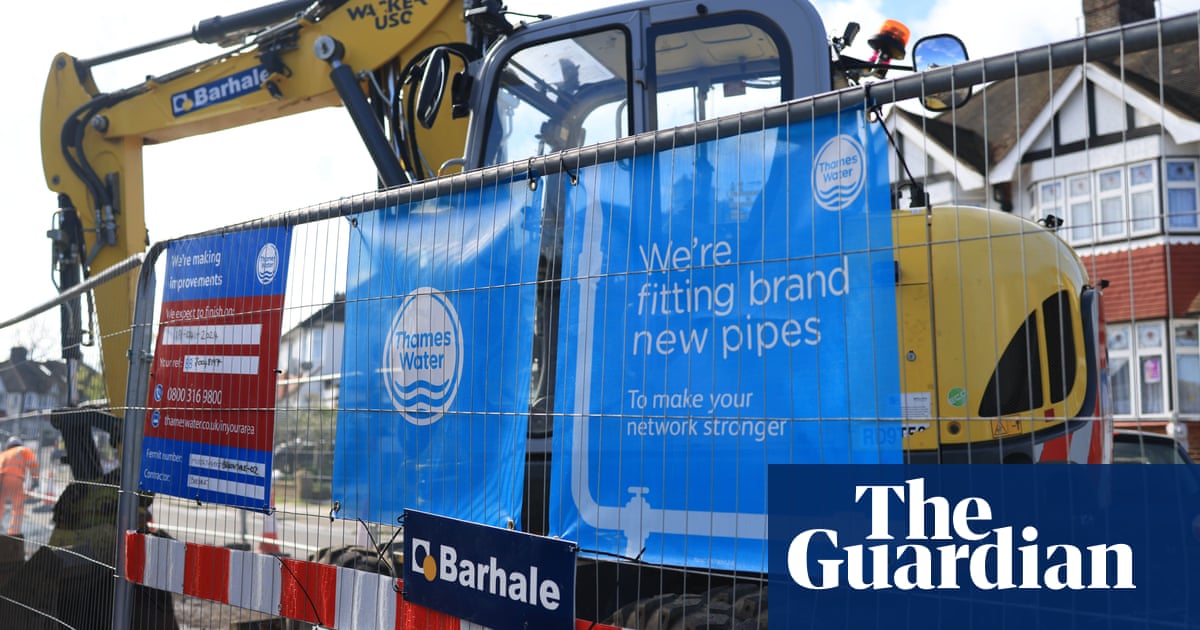MFF optiplexes: Look what they need to mimic a fraction of our power.
GreatAlbatross
- 66 Posts
- 486 Comments

 1·16 hours ago
1·16 hours agoWhich.co.uk do a pretty good job at reviewing stuff.
They’re not ideal, and they do seem to focus too hard on some things over others.
But in terms of finding “Can I get an X that is half decent for the money I’m willing to spend”, they work quite well.Unfortunately, they are a bit pricey.

 2·2 days ago
2·2 days agoIIRC, isn’t one of the conditions from last year that universal service obligation must be fulfilled for 5 years?
Which, really doesn’t feel like that long.

 71·2 days ago
71·2 days agoEspecially if they start throwing clay pigeons.

 1·3 days ago
1·3 days agoAfter seeing the mess the US in, codifying things that are generally accepted seems like a good idea.

 2·3 days ago
2·3 days agoJust in case you were not aware, most Reolink cameras can do “save a clip if you see a person” on their own, without involving HA.
And they can either dump it to local or network storage.
The detection is done at the camera, and just fires a notification over ONVIF.

 3·5 days ago
3·5 days agoI fully expect all the prices to drop by 20%, and not just rise to meet the lack of tax…
I do kinda support this though. I repair everything I can, and regularly buy better quality refurb kit rather than crap new stuff.
Part of me also thinks that fediverse doesn’t need growth for the sake of growth.
That it’s primary function is to be an alternative if people want to use it.
Second lesson: Pi is around 3.
Exactly this. The device either needs to be open enough that it can easily integrate to HA without internet access.
Or dumb enough that I can mod it with an ESP.Anything that has to go through the manufacturer’s servers goes in the bin, the risks of data theft/rent seeking are too damned high.
I’ve been stepping up my efforts to make the garden more bee friendly, and it’s still declining.
I’ve maybe seen 20 bumbles this year, it’s very sad :(

 1·16 days ago
1·16 days agoI’m hoping it’s a typo.
I want to buy one, but need to email about this for clarification first.

 2·16 days ago
2·16 days agoOn the positive side, UK to distract Trump from MAGA crap for a week.

I am genuinely waiting for the grants to finish (or be updated), as it feels like all the installation companies just hiked their prices to take advantage of the grants. I’ve got the power run, massive radiators, and thick pipes, all ready to roll.
The big one that will really push HPs, imo, will be if gas starts to rise in price relative to electricity.
At the moment, it’s about level in cost to run, even though a HP is 3x+ more efficient.

 2·17 days ago
2·17 days agoI’m the slime, oozing out, of your temporal net.

Do you think it was a bit “mission accomplished”?
‘OK, we are recycling the cardboard and the plastics, good job everyone’
“We still need to address the use of fossil fuels, and renewable power generation, though?”
‘No, we have sorted everything, it is OK’

For anyone interested, you can pick a location close to you from this site: https://showyourstripes.info/c/europe/germany/frankfurtammain
(Credit Ed Hawkins)
If it helps for a future purchase, Focusrite’s external interfaces have been amazing for Linux support.
To the point where I didn’t even notice; It just worked perfectly out of the box.
I’m assuming you’ve already checked this, but is your interface set to the same frequency/bit depth between Linux and windows? Or if it uses optical, whether it’s set to the same word clock source.

 1·22 days ago
1·22 days agoI keep wondering if I should open a little non-profit shop, specialising in “cheap home assistant stuff that isn’t awful, that I’ve tested”.
Then I remember the absolute chaos involved in running a shop…























I’m a great believer in keeping things as simple and modular as possible.
Much easier to just dump files over FTP than have HA do the saving.
Plus, the camera can operate like a dashcam, and save before/after the event, while that would be tricker in HA, as you’d have to run a buffer.